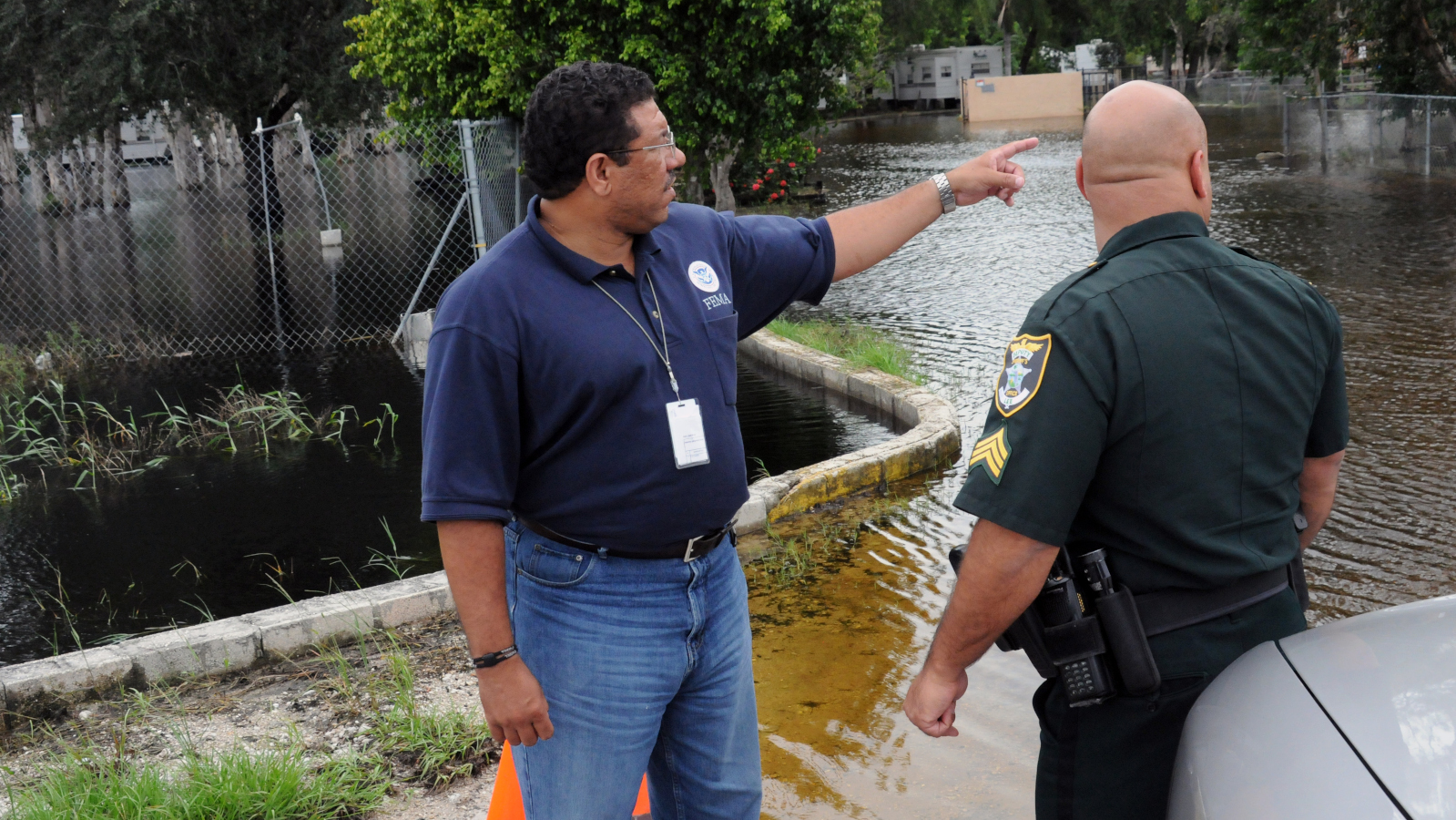
By installing tie downs for wind mitigation, one homeowner cut her insurance premium in half. | Pixabay
Despite the 2019 hurricane season being more benign than the previous two seasons with Hurricanes Irma and Michael, today’s insurance market has many challenges, officials with AM Best said.
The combined ratio did not improve, Michelle Bercot, director at AM Best, told AM Best TV.
“This speaks to the challenges this market faces and producing an underwriting, profit, even absent a hurricane social inflation has spurred adverse non-catastrophe loss experience, raising frequency and severity of claims,” Bercot told AM Best TV
What is the combined ratio? Investopedia defines it as a measure of profitability insurance companies use to gauge daily operations’ performance. It’s calculated by taking the sum of incurred losses and dividing them by the earned premium.
With reinsurance costs rising, they compress potential profit margins. That squeezes operating performance, Bercot told AM Best TV, and a hurricane just make the situation worse when trying to manage the pressures.
“This market needs to continually refine rate structures and risk selection to create a high-quality book and ensure that rates are reflective of the underlying risk inclusive of escalating reinsurance pricing,” she told AM Best TV.
The market has some areas for relief, including the AOB reform legislation in 2019.
“It gave insurers the ability to write non IOB policies and most importantly, established a payment scale for attorneys’ fees based on the percent deviation between the pre-suit settlement offer and judgment obtained,” Chris Draghi, senior financial analyst for AM Best, told AM Best TV.
Direct defense and cost-containment expenses appear to show a measure of the AOB reform’s impact in 2019, Draghi told AM Best TV.
Less traditional players are taking advantage of the hardening market, Draghi said, with insurance-related securities also more widely considered.
“Overall, the cost is going up, whether it's from investors wanting higher returns or reinsurers increasing costs, this reflects the increasing risks that are becoming inherent in the market,” Draghi told AM Best TV.
The Florida hurricane cap fund might offer some relief, he said, as insurers have found terms more favorable than what’s offered by private reinsurers.
All this volatility has affected the market, Draghi said.
“AM Best rated entities continue to purchase comprehensive reinsurance programs that protect against the events in excess of the 100-year return period with those programs, including multi-event coverage,” Draghi told AM Best TV.
The COVID-19 pandemic hasn’t had a big effect on insurers, though remote work has been necessary.
“Florida domiciled personal property insurers were largely well-positioned for this pandemic. The lines of business predominantly written were relatively unaffected,” Bercot told AM Best TV.
The focus on homeowners, fire and allied lines meant the small commercial lines are a smaller piece of the book, she said. And many insurance products have exclusionary language that seems to assure any loss won't be significant.
Conservative stances in investment portfolios have been taken by insurers’ management teams to offset any elevated risk of hurricanes in the current market, Bercot told AM Best TV.
One problem could be inventory if a tropical storm or hurricane threatens Florida.
“The more limited inventory at supply stores may hinder the insured's ability to protect properties ahead of a storm, which could lead to greater losses from an event, even smaller-scale ones,” Bercot told AM Best TV.




 Alerts Sign-up
Alerts Sign-up